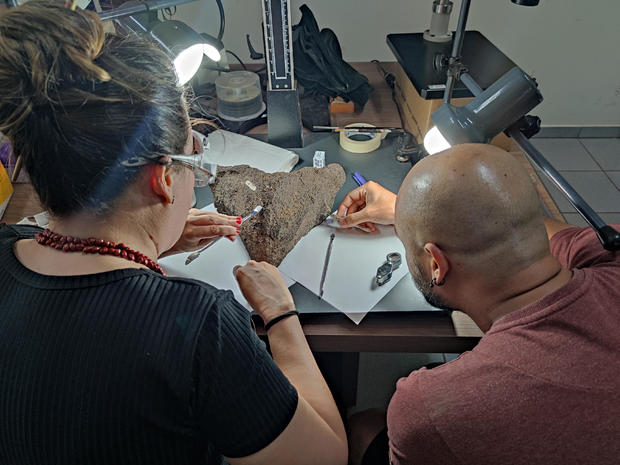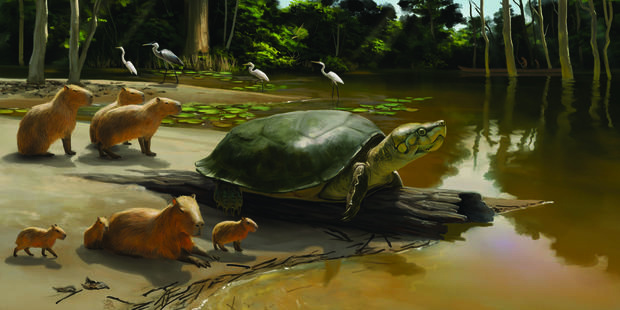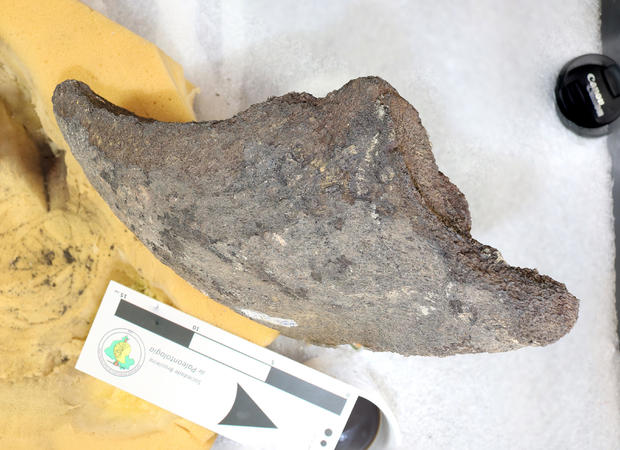Newly discovered giant turtle fossil named after Stephen King character
Researchers who found a giant freshwater turtle fossil discovered in Brazil have named it Peltocephalus maturin after a character in one of Stephen King's novels.
The fossil was "among the largest freshwater turtles ever found," researchers said in the release of their findings on Wednesday in the British journal Biology Letters.
"Only a handful of them have crossed the 150 cm threshold in the past," researchers said.
Bone samples found by gold miners in the Taquaras quarry in Porto Velho, Brazil, were sent to the Center for Applied Isotope Studies at the University of Georgia to be analyzed, the researchers said. The findings were astounding: the shell of the fossil measured about 180 cm in length, an incredibly rare occurrence, and far larger than the 140 and 110 cm recorded for today's freshwater turtles.
"Today we have no idea how a freshwater turtle with a carapace of almost 2 meters looks like," Dr. Gabriel S. Ferreira, lead study author and scientist at the Senckenberg Centre for Human Evolution Palaeoenvironment at the Eberhard Karls Universität Tübingen in Germany.
"What would our ancestors have thought if they really saw such a giant alive? Would they be afraid of it? Would they hunt it for food or worship it? Or both?" Ferreira wrote in an email to CBS News.
The turtle's size inspired the etymology, Ferreira said. As researchers were casting around for a name, one of them, Miriam Pacheco, a big fan of King's novels, suggested Maturin. The giant sea turtle is a recurring character in the author's novels, a wise grandfather-like figure that serves as a guardian and protector.
"See the TURTLE of enormous girth! On his shell he holds the earth. His thought is slow but always kind; He holds us all within his mind," King wrote.
Other findings showed a suspected omnivorous diet. Others point to the possibility that the giant turtle "inhabited the Amazon rainforest on the fringe of human occupation of the Americas."
Scientists cautioned that "more data from the Late Pleistocene and Early Holocene deposits of the Amazon basin are needed to evaluate this hypothesis."
"We hope this finding triggers further support to continue exploring and collecting more fossils in the region," said Ferreira. "But also finding other fossils in the area might help us to better constraint their age and to understand the local fauna back then."






